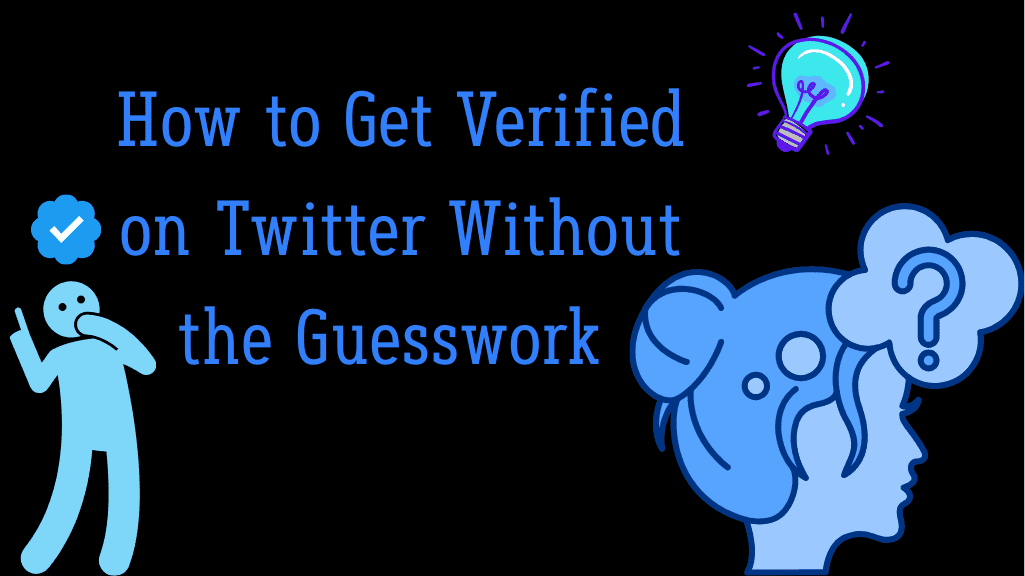Getting verified on Twitter means earning the blue check badge that signals authenticity. For many public figures, brands, and creators, it’s more than just a symbol; it’s a mark of credibility that helps you stand out in searches, replies, and trending conversations. People often ask how to get verified on Twitter because the process has changed over the years and now feels more accessible, yet still competitive. This guide breaks down what Twitter looks for, how to prepare your account, and practical steps that can improve your chances.
Meeting Twitter’s Verification Criteria
Twitter’s current verification system is open to anyone who meets its criteria. The account must have a display name, profile image, confirmed phone number, and recent activity. You also need to follow Twitter’s rules and keep the account in good standing with no recent policy violations.
Your broader online presence plays a major role. The verification team checks if your identity or brand can be confirmed through credible sources outside Twitter. This can include media mentions, official websites, or professional listings. You can visit here to learn more about social media strategies that help strengthen your brand presence beyond Twitter, making your verification request more convincing. A profile that looks active, relevant, and easily verifiable has a far higher success rate.
Optimizing Your Profile for Verification
A complete and well-structured profile is your foundation. Choose a profile photo that clearly represents you or your brand, write a bio that explains who you are and what you do, and select a header image that adds visual context. Avoid vague bios; clarity helps both Twitter’s reviewers and potential followers.
For example, a political commentator seeking verification might include their position, notable publications they contribute to, and a link to their official author page. The combination of profile details and external links creates a trustworthy impression before an application is even reviewed.
Building a Recognizable Online Presence

Even with a strong Twitter profile, you’ll need visibility beyond the platform. This is where many applications fall short. Twitter wants to see that you are notable in your field, and the easiest way to prove that is through reputable third-party references.
An independent musician could point to interviews in music magazines, verified streaming platform profiles, and listings in festival lineups. A startup founder might show press coverage, podcast appearances, or conference speaking roles. The goal is to make it effortless for Twitter to confirm your public relevance; if they need to dig for proof, approval becomes less likely.
Understanding the Application Process
When you’re ready, you can apply for verification directly in your Twitter settings. You’ll be asked to choose a category, such as government, news, entertainment, sports, or content creator, and submit links to verify your identity and notability. You’ll also need to provide a government-issued ID or official business documentation.
The review process is manual. Some applicants hear back in a few days, while others may wait weeks. If your request is denied, Twitter allows reapplication after 30 days. That period is an opportunity to improve your profile, expand your visibility, and address any weaknesses in your initial submission.
Common Reasons Applications Are Denied
Rejections can happen to high-profile accounts, not just small ones. The most common reasons include incomplete profiles, lack of credible external references, inconsistent activity, and past policy violations.
For example, a fashion influencer with a large following but no identity verification, missing bio details, and no third-party media mentions may be rejected until they present stronger evidence. A complete, credible application is more important than follower count alone.
Maintaining Verification Once Approved
Approval isn’t permanent without care. Twitter can remove the blue check if you change your username, stay inactive for extended periods, or break the platform’s rules.
Maintaining verification means keeping your profile consistent, posting regularly, and engaging with your audience in ways that reflect the credibility you’ve earned. Many verified users also keep their branding uniform across platforms so they remain easy to recognize.
Leveraging Verification for Growth
Once verified, you can use the badge strategically. The blue check can make collaborations, media outreach, and brand partnerships easier, as it signals legitimacy. It can also increase engagement, since users are more likely to interact with accounts they perceive as credible.
For instance, a verified sports journalist might see more retweets and responses from industry professionals, opening the door to interviews, event access, and expanded career opportunities. Verification is not the end goal; it’s a tool to amplify your work.
FAQs
How long does it take to get verified on Twitter?
It can take anywhere from a few days to several weeks, depending on the volume of applications and the complexity of your profile.
Can anyone apply for Twitter verification?
Yes. As long as your account is complete, active, and in good standing, you can apply, but approval depends on meeting Twitter’s standards.
Does a large follower count guarantee verification?
No. While it can help, Twitter prioritizes identity proof, credible external references, and consistent activity.
What should I do if my request is denied?
Wait 30 days, then reapply with a stronger profile and more external proof of your notability.

